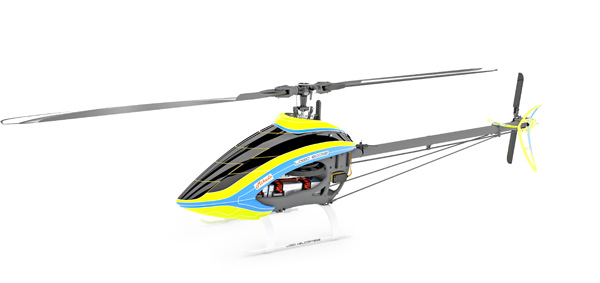 For many, Florida’s Sun & Fun fly-in announces the commencement of flying season in every new year. A better transition from one flying year to the next is the National Aeronautic Association’s springtime announcement of the previous year’s most memorable aviation records.
For many, Florida’s Sun & Fun fly-in announces the commencement of flying season in every new year. A better transition from one flying year to the next is the National Aeronautic Association’s springtime announcement of the previous year’s most memorable aviation records.
What makes them so eagerly anticipated are the unpredictability of their number and the focus of their accomplishments. Perhaps more importantly, they highlight the rewarding diversity aviation bestows on those who invest their lives in it. There is no better example of this than The Most Memorable Aviation Records of 2018.
The first two memorable records cover the spectrum of fixed-wing aviation, the speed of a glider over a 500-kilometer out-and-back course—158.3 mph—and the speed of a business jet—631.80 mph—over a recognized course, Seville, Spain, to Abu Dhabi, UAE.
/https://public-media.si-cdn.com/filer/fd/a9/fda928ee-7566-4e14-b9b5-56330d7c0dba/24a_aug2018_timetoclimbrecordframe127_live.jpg) And how did I not hear about Daniel Gray setting a new C-1b time-to-climb record in a Harmon Rocket IIA powered by a 650-hp rotary engine? From a standing start in Oxnard, California, he needed less than 100 seconds to reach 3,000 meters, or 9,843 feet, and beat Elliot Seguin’s old record of 1 minute, 59.5 seconds.
And how did I not hear about Daniel Gray setting a new C-1b time-to-climb record in a Harmon Rocket IIA powered by a 650-hp rotary engine? From a standing start in Oxnard, California, he needed less than 100 seconds to reach 3,000 meters, or 9,843 feet, and beat Elliot Seguin’s old record of 1 minute, 59.5 seconds.
Google provided just two stories on the record, one a post on Van’s Air Force, and another on Digrantrara.com, which revealed at the end of the page, that it had copied from Air&Space (and I wonder why Google didn’t lead me to this story in the first place). This effort is certainly on my learn-more list. Who would have imagined a new record powered by a twin-rotor Mazda rotary engine mated to the tail rotor drive of a Bell 47 helicopter?
The absolute altitude record of 74,334 feet the engineless Perlan 2 set last September over Argentina didn’t slip by me. One wonders, will be 2019 be the year this record-setting glider achieves its 100,000-foot goal?
It is this unpredictability that makes each spring’s record announcements like Christmas (either early or late, depending on your predilection). Learning that there exists a record Class G-2 for vertical formation skydiving is much better than getting a pair of racy socks. And how do you measure the preparation and discipline it takes for 42 jumpers to rearrange themselves in four sequential formations while falling to earth head down?
 And sometimes you get what might be a peek at the future. Last July, John McNeil set a distance goal and return for a remote control model and set a record of 33.9 miles, bettering the old record of 31 miles. Some may snigger at a record set by an RC model, but what might this Logo 600SE electric-powered helicopter have to offer those working on full-scale electric flying machines? — Scott Spangler, Editor
And sometimes you get what might be a peek at the future. Last July, John McNeil set a distance goal and return for a remote control model and set a record of 33.9 miles, bettering the old record of 31 miles. Some may snigger at a record set by an RC model, but what might this Logo 600SE electric-powered helicopter have to offer those working on full-scale electric flying machines? — Scott Spangler, Editor